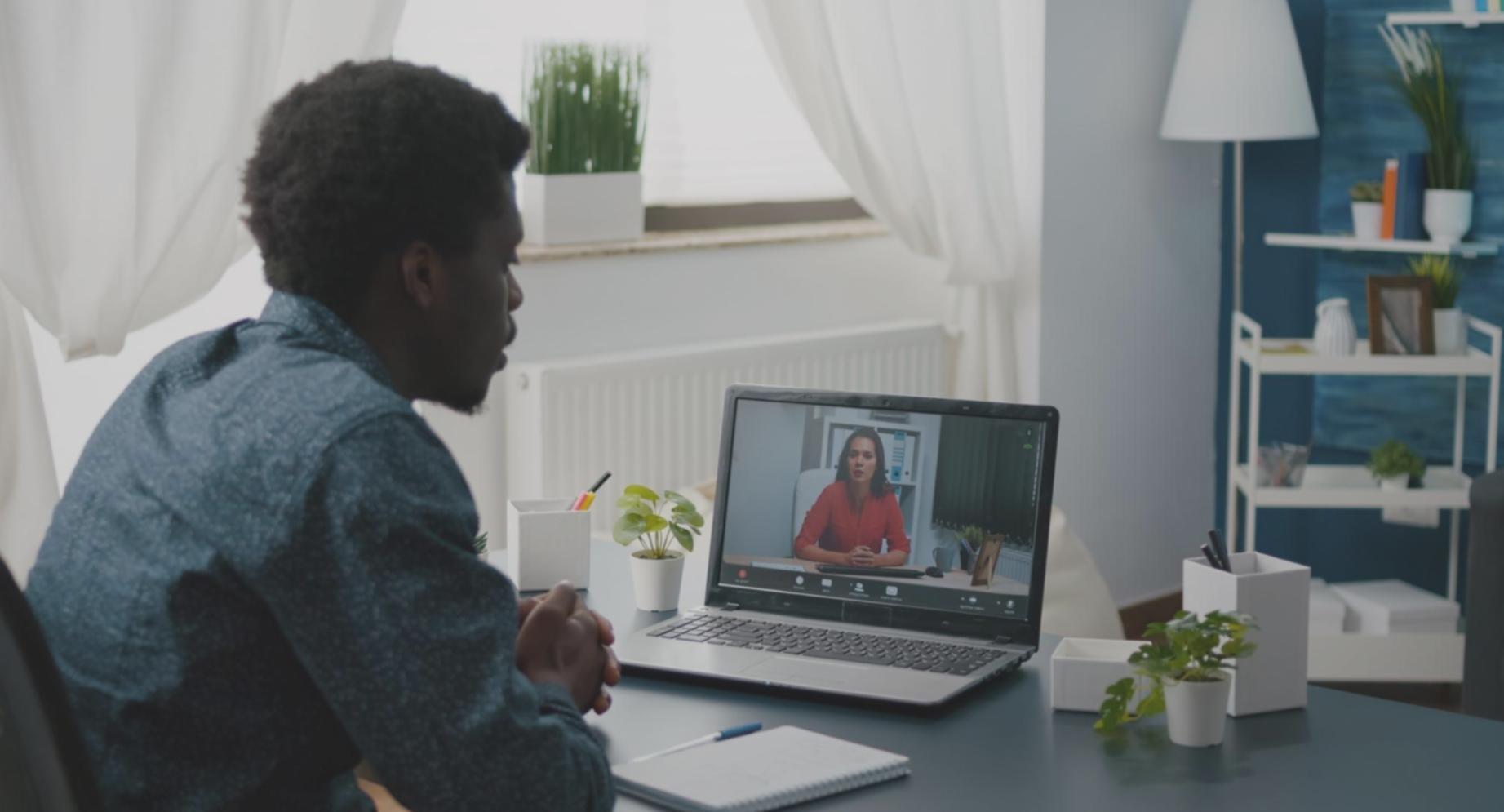Master Remote Learning for Financial Success
Transform your home into a productive learning environment and develop the skills that matter for your financial future.
Explore Programs Starting August 2025Proven Study Techniques That Actually Work
After years of helping students succeed in remote learning environments, we've identified the methods that consistently deliver results. These aren't theoretical concepts – they're practical strategies that real people use every day.
The biggest mistake most remote learners make? Trying to replicate traditional classroom methods at home. Your living room isn't a lecture hall, and your kitchen table isn't a university desk. You need different approaches for different spaces.
- Time-blocking with realistic buffer periods
- Active note-taking using digital tools
- Regular self-assessment checkpoints
- Collaborative study sessions via video calls
- Project-based learning applications

Stay Focused When Distractions Are Everywhere
Remote learning means competing with Netflix, social media, and the comfort of your own bed. Here's how successful students maintain concentration.
The Pomodoro Plus Method
Traditional 25-minute sessions don't work for complex financial concepts. We use 45-minute deep work blocks followed by 15-minute active breaks. This rhythm matches how your brain processes analytical information.
Environment Switching
Your brain associates locations with activities. Study finance in your kitchen, review notes in your bedroom, and take practice quizzes in your living room. Movement helps memory consolidation.
Digital Minimalism
Close every browser tab except what you need. Use website blockers during study time. Keep your phone in another room. Small changes, massive impact on your ability to concentrate.
Create Your Ideal Learning Space
Lighting Matters More Than You Think
Natural light during morning study sessions improves retention by up to 23%. Position your screen perpendicular to windows to avoid glare while maintaining brightness.
Temperature Control
Keep your study space between 20-22°C (68-72°F). Slightly cool environments help maintain alertness during long learning sessions without causing discomfort.
Ergonomics on a Budget
You don't need expensive furniture. Stack books to raise your laptop screen to eye level. Use a separate keyboard and mouse. Your neck and shoulders will thank you.
Sound Management
Consistent background noise works better than complete silence for most people. Try brown noise, nature sounds, or instrumental music at low volume.
Remember, your workspace doesn't need to be perfect from day one. Start with the basics and adjust based on what actually helps you learn better. Some students thrive with multiple monitors, others prefer a single laptop screen to minimize distractions.
What Remote Learning Veterans Wish They'd Known
Two meranthylo instructors share their biggest lessons from years of remote teaching experience.

Trevor Kowalski
Senior Financial Analysis Instructor
"Students often expect remote learning to be easier than in-person classes. It's not easier – it's different. You have more flexibility but need stronger self-discipline. The students who succeed are those who treat their home study time as seriously as they would a job. They show up consistently, even when motivation is low."

Dmitri Larsson
Working Capital Specialist
"The biggest advantage of remote learning isn't convenience – it's the ability to pause and reflect. In a classroom, if you don't understand something, the lesson moves on. At home, you can rewatch explanations, work through problems at your own pace, and really master concepts before moving forward. Use this superpower."

